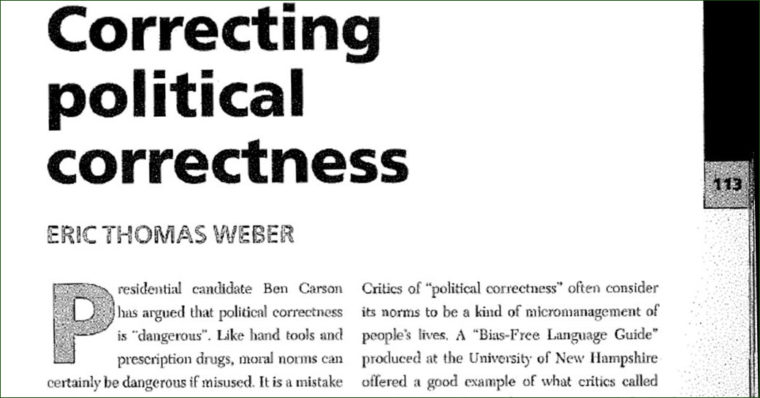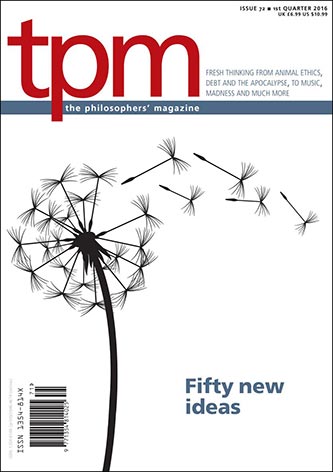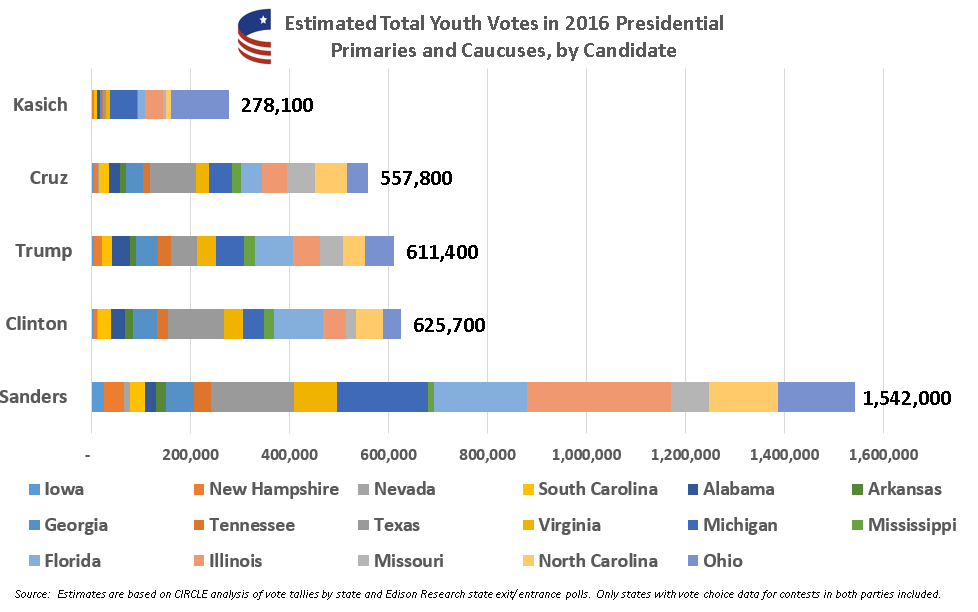The Davenport Institute recently shared a post on their Gov 2.0 Watch blog about a neat civic tech tool that can help citizens identify and vote on issues that need to be addressed in their areas. It’s a thought-provoking idea that is being tried out below, so we wanted to share it here too. We encourage you to read more below or find the original post here.
Calling Out the Public
![]() A central purpose of civic engagement is to figure out what matters to citizens, so they can be empowered to achieve their goals.
A central purpose of civic engagement is to figure out what matters to citizens, so they can be empowered to achieve their goals.
Sometimes the best way to know is to ask.
Anyway, that’s part of the John Deweyian theory behind IdeaScale, which now complements CompStat in New York City, the data platform Commissioner William Bratton and then-Mayor Rudy Giuliani introduced in 1994, which tracks crime by location. Stephen Goldsmith at Government Technology writes that IdeaScale invites citizens to identify and vote on quality of life issues they find most pressing:
The program, which is part of the city’s broader efforts to amplify citizen engagement in new neighborhood policing models, creates action items for the everyday issues people actually care about. In the 100th Precinct, for instance, community members used IdeaScale to voice concern over late-night noise coming from a local bar. The police, in this instance, enabled the community to act in its own interest by coordinating a meeting between concerned constituents and the bar owner, who together reached a mutually acceptable agreement on their own terms.
Learn more about IdeaScale – and the theory of public engagement upon which it is based – here. Could this apply in other spheres of public engagement?
You can find the original version of this Gov 2.0 Watch blog post at http://gov20watch.pepperdine.edu/2016/03/calling-out-the-public.



